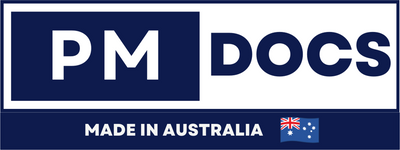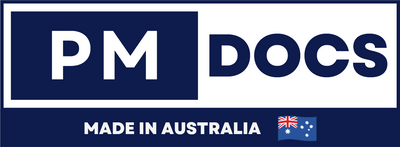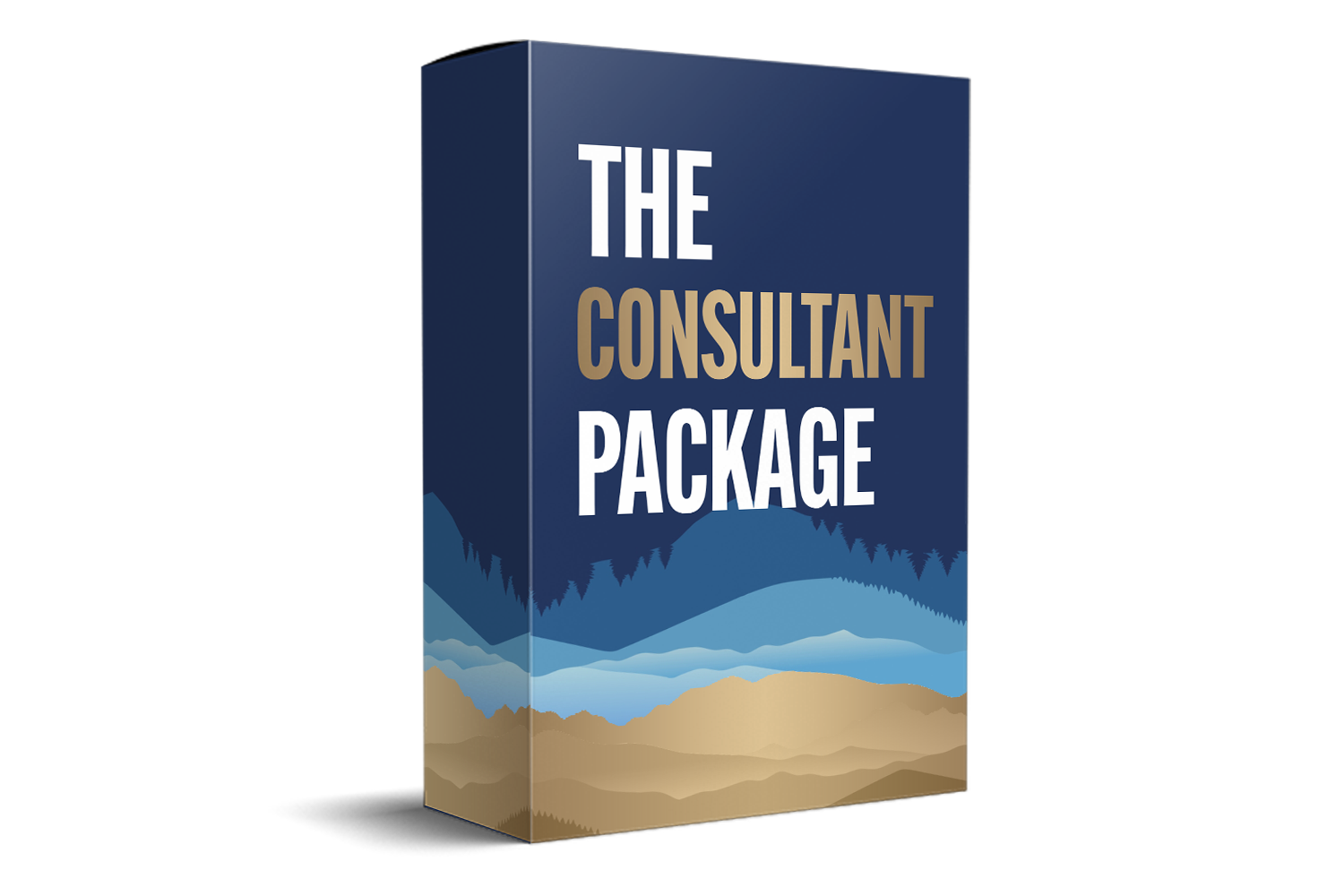How to Maintain SOC 2 Certification For Australian Companies?
Introduction
In today's digital age, safeguarding sensitive data is more crucial than ever. For Australian companies seeking SOC 2 certification, maintaining this standard can be challenging but incredibly rewarding. SOC 2 compliance is not just about achieving certification; it's about continuous adherence to principles that ensure data security and privacy. In an era where data breaches are increasingly common, maintaining SOC 2 certification demonstrates a company’s dedication to safeguarding client information and can significantly enhance its reputation. Let's delve into how your company can maintain SOC 2 certification effectively.

Understanding SOC 2 Certification
SOC 2, or Service Organization Control 2, is a framework designed to manage customer data based on five "trust service principles": security, availability, processing integrity, confidentiality, and privacy. These principles guide organizations in protecting sensitive information and maintaining trust with clients. SOC 2 is particularly relevant for service providers that store customer data in the cloud, as it ensures that they are implementing adequate data management practices. Emphasizing these principles helps organizations identify and mitigate potential risks, thereby safeguarding both their operations and their clients' data.
Why SOC 2 Compliance Matters?
SOC 2 compliance reassures clients that your company prioritizes data security. It is especially important for businesses that handle customer data, such as cloud service providers, SaaS companies, and data centers. Compliance can be a significant competitive advantage, showcasing your commitment to protecting customer information. Achieving SOC 2 certification can open doors to new business opportunities, as more companies require their partners and vendors to have this certification as a condition of doing business. Furthermore, it helps build trust with current and prospective clients by demonstrating that your company is committed to maintaining high standards of data security and privacy.
Steps To Maintain SOC 2 Certification
Maintaining SOC 2 certification requires ongoing effort. Here are essential steps to ensure your company remains compliant:
1. Continuous Monitoring and Reporting
SOC 2 compliance is not a one-time event; it requires continuous monitoring of your systems and processes. Regular audits and assessments help identify potential vulnerabilities and ensure controls are effective. Continuous monitoring involves implementing robust systems that can detect and respond to threats in real-time, thereby minimizing potential damages.
-
Regular Audits: Schedule periodic internal audits to evaluate your compliance status. External audits may also be necessary to validate your internal findings. Internal audits help in identifying gaps in compliance early, allowing your company to address them promptly.
-
Automated Monitoring Tools: Implement tools to automate the monitoring of your systems. These tools can provide real-time alerts for any unusual activities. Leveraging technology for automated monitoring not only saves time but also enhances the accuracy of threat detection and response.
2. Employee Training and Awareness
Your employees are your first line of defense against data breaches. Proper training and awareness programs can significantly reduce the risk of human error. A well-informed workforce can recognize and react appropriately to potential security threats, thereby strengthening your organization’s overall security posture.
-
Regular Training Sessions: Conduct regular training sessions to educate employees about SOC 2 requirements and data security best practices. These sessions should be interactive and updated regularly to reflect the latest threats and security protocols.
-
Phishing Simulations: Implement phishing simulations to test employees' awareness and response to potential threats. Such simulations can help identify employees who may need additional training and reinforce the importance of vigilance.
3. Update Policies and Procedures
As your business evolves, so too should your policies and procedures. Regularly review and update them to align with current best practices and regulatory changes. Keeping policies up-to-date ensures that your security measures remain effective against emerging threats.
-
Policy Reviews: Conduct annual reviews of your security policies and procedures to ensure they are up-to-date. Involve key stakeholders in these reviews to gain comprehensive insights and foster a culture of security.
-
Change Management: Implement a change management process to handle updates to your systems and procedures efficiently. This process should include a structured approach to planning, implementing, and evaluating changes to minimize disruptions and maintain compliance.
Leveraging Technology For SOC 2 Compliance
Technology plays a crucial role in maintaining SOC 2 compliance. Here are ways to leverage technology effectively:
4. Implement Strong Access Controls
Access controls are vital for protecting sensitive data. Ensure that only authorized personnel have access to critical systems and information. By restricting access based on roles and responsibilities, you can minimize the risk of unauthorized data access.
-
Role-Based Access Control (RBAC): Implement RBAC to restrict access based on the user's role within the organization. This ensures that employees have access only to the information necessary for their job functions.
-
Multi-Factor Authentication (MFA): Use MFA to add an extra layer of security when accessing systems and data. MFA significantly reduces the likelihood of unauthorized access by requiring additional verification steps.
5. Regular Data Backups
Data loss can be catastrophic for any business. Regular data backups ensure that you can quickly recover from data breaches or system failures. Implementing a robust backup strategy is crucial for minimizing downtime and maintaining business continuity.
-
Automated Backup Solutions: Use automated backup solutions to ensure data is regularly backed up and easily retrievable. Automated solutions reduce the risk of human error and ensure that backups are performed consistently.
-
Offsite Backups: Store backups in offsite locations to protect against physical damage or theft. Offsite backups provide an additional layer of protection, ensuring data availability even in the event of a disaster.
Addressing Challenges In SOC 2 Compliance
Maintaining SOC 2 compliance can be challenging. Here are some common challenges and how to address them:
6. Keeping Up with Regulatory Changes
Regulations are constantly evolving, and staying current can be difficult. Assign a dedicated team or individual to monitor regulatory changes and update your compliance efforts accordingly. This proactive approach ensures that your company remains compliant with the latest standards and avoids potential legal and financial penalties.
7. Managing Third-Party Risks
Many companies rely on third-party vendors, which can introduce additional risks. Ensure that your vendors comply with SOC 2 standards as well. Establishing clear communication and accountability with vendors can help mitigate these risks.
-
Vendor Assessments: Conduct regular assessments of your vendors' security practices to ensure they align with your SOC 2 compliance efforts. These assessments should include a thorough evaluation of the vendor's security controls and compliance history.
-
Contractual Agreements: Include clauses in your contracts that require vendors to meet SOC 2 standards. This contractual obligation reinforces the importance of maintaining high security standards and provides legal recourse in case of non-compliance.
The Benefits Of Maintaining SOC 2 Certification
The effort to maintain SOC 2 certification is substantial, but the benefits are worth it:
-
Enhanced Trust: Clients and partners are more likely to trust your company with their data, leading to stronger business relationships. Trust is a critical factor in business success, and maintaining SOC 2 certification underscores your commitment to data protection.
-
Competitive Advantage: SOC 2 certification sets you apart from competitors who may not have the same level of data security. It can serve as a differentiator that attracts clients who prioritize data security in their selection criteria.
-
Reduced Risk: By adhering to SOC 2 principles, your company reduces the risk of data breaches and associated costs. This proactive approach to risk management can lead to significant cost savings by avoiding potential data breach expenses and reputational damage.
Conclusion
Maintaining SOC 2 certification is an ongoing commitment to data security and privacy. By following these steps and leveraging the right technology, Australian companies can effectively maintain their SOC 2 compliance. This not only protects sensitive data but also builds trust with clients, ultimately driving business success. Remember, the key to successful SOC 2 compliance lies in continuous monitoring, employee training, and keeping up with regulatory changes. By prioritizing these areas, your company can maintain SOC 2 certification and enjoy the benefits it brings. Staying ahead in the ever-evolving landscape of data security is crucial, and SOC 2 compliance provides a solid foundation for safeguarding your organization and its stakeholders.




